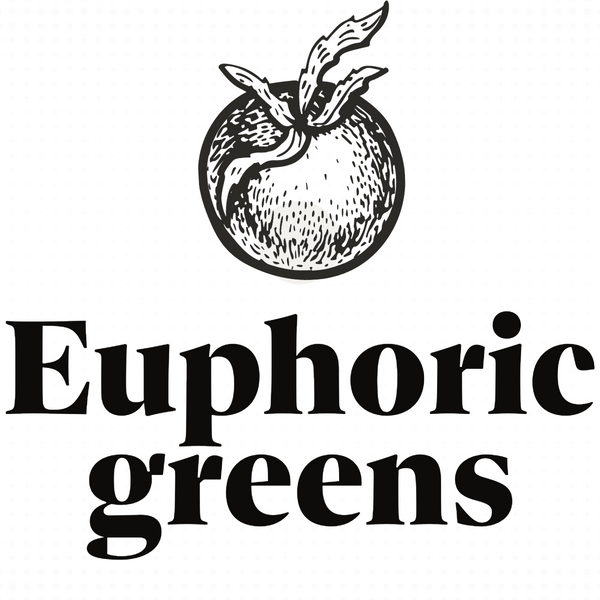How to Start a Kitchen Garden: The Ultimate Guide to Growing Your Own Food at Home
Are you looking to grow fresh, organic vegetables, herbs, and fruits right in your backyard? A kitchen garden is the perfect way to enjoy sustainable, homegrown produce while enhancing your outdoor space. In this guide, we’ll walk you through everything you need to know about starting and maintaining a productive kitchen garden—whether you have a spacious yard or a small urban balcony.
What Is a Kitchen Garden?
A kitchen garden, also known as a potager or kailyard, is a space dedicated to growing edible plants for household use. Unlike commercial farms, kitchen gardens are small-scale, aesthetically pleasing, and located close to the home for easy access to fresh ingredients. With growing interest in organic living and food self-sufficiency, kitchen gardening is more relevant than ever.
Why Start a Kitchen Garden?
-
Enjoy fresh, pesticide-free produce
-
Reduce grocery bills
-
Improve food security
-
Enhance your landscape with edible beauty
-
Reconnect with nature and sustainable practices
From herbs on a windowsill to raised vegetable beds in the backyard, kitchen gardens can be adapted to suit every lifestyle and location.
Best Location for a Kitchen Garden
The success of your kitchen garden starts with smart site selection. Here’s what to look for:
-
Sunlight: Choose a spot that gets at least 4–8 hours of sunlight a day.
-
Water access: Make sure a water source is nearby for easy irrigation.
-
Proximity to your kitchen: You’re more likely to use your garden if it’s just steps away.
Urban gardeners can use balconies, rooftops, terraces, or even vertical gardens to make the most of limited space.
Kitchen Garden Design Tips
Design your kitchen garden to be both functional and visually appealing. Consider:
-
Raised beds for improved drainage and soil control
-
Border gardens along fences or patios
-
Vertical structures like trellises for climbing plants
-
Pathways and symmetry for easy access and aesthetics
Using cedar wood for raised beds and cattle panel trellises for vining crops like tomatoes or peas can create a durable and attractive layout.
Soil Preparation for Maximum Yield
Healthy soil is the foundation of a thriving kitchen garden. Use a 1:1:1 mix of:
-
Compost
-
Cocopeat or other organic matter
-
Garden soil
This mix ensures proper drainage, nutrient content, and structure. Soil testing is highly recommended to adjust pH and nutrients for specific crops, especially heavy feeders like tomatoes.
Avoid aggressive tilling; instead, use no-dig methods like mulching and seasonal tarping to preserve beneficial microbes and improve soil over time.
What to Grow in Your Kitchen Garden
Best Herbs for Kitchen Gardens
-
Basil
-
Mint (in containers)
-
Parsley
-
Cilantro
-
Oregano
-
Rosemary
-
Thyme
Herbs take up minimal space and deliver maximum flavor for daily cooking.
Top Vegetables for Small-Space Gardens
-
Leafy greens: Spinach, lettuce, kale, arugula
-
Tomatoes: Use cherry varieties with trellises for compact growth
-
Cucumbers and peas: Great for vertical gardening
-
Radishes and carrots: Quick and easy root crops
Plants to Avoid in Small Kitchen Gardens
Avoid space-hogging crops like:
-
Pumpkins
-
Corn
-
Cabbage (unless space allows)
These require more room and are better suited for larger plots or community gardens.
Kitchen Garden Maintenance Essentials
Watering and Irrigation
-
Water regularly but avoid overwatering
-
Check moisture levels to prevent root rot
-
Ensure good drainage, especially for containers
Pruning and Spacing
-
Prune dead or diseased leaves regularly
-
Give plants enough space to breathe and grow
Pest Control
-
Use companion planting (e.g., marigolds to repel pests)
-
Encourage beneficial insects
-
Avoid chemical pesticides—opt for natural sprays and neem oil
Seasonal Planning and Aesthetic Appeal
Kitchen gardens aren’t just functional—they can be stunning! To keep your garden attractive year-round:
-
Use succession planting to ensure continuous harvests
-
Combine perennials with annuals for structure and consistency
-
Add ornamental edibles like rainbow chard or purple basil for color
Potager-style layouts with geometric patterns and defined pathways offer structure and elegance even when crops are rotated.
Final Thoughts: The Benefits of a Kitchen Garden
Starting a kitchen garden is one of the most rewarding steps you can take toward healthy living, self-sufficiency, and environmental sustainability. With thoughtful planning and regular care, your garden can produce fresh food for your family year-round—no matter your space or experience level.
Whether you’re growing basil on your windowsill or tomatoes in raised beds, kitchen gardening is an empowering way to take control of your food and beautify your home.
FAQs About Kitchen Gardening
Q: Can I start a kitchen garden in an apartment?
Yes! Use containers, balconies, sunny windowsills, and vertical garden setups to grow herbs and small vegetables.
Q: How much time does a kitchen garden require?
Just 15–30 minutes a day for watering, pruning, and harvesting can keep a small garden healthy and productive.
Q: What are the best beginner crops?
Start with basil, spinach, lettuce, cherry tomatoes, and mint (in pots).
Start Your Kitchen Garden Today!
Whether you're in a city apartment or a suburban home, there's room for a kitchen garden in your life. Begin small, stay consistent, and enjoy the unbeatable flavor of homegrown food. 🌿🥬🍅

